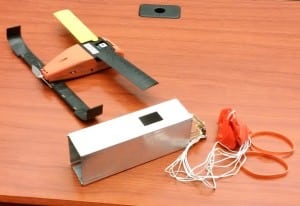
The head of the U.S. Department of Defense’s Strategic Capabilities Office (SCO) said Sept. 8 that he plans to decide in about a year whether Perdix, an expendable “micro” unmanned aerial vehicle that is launched from a flare dispenser, is mature enough to be handed over to a military service.“The real question for Perdix will be, at the end of this next fiscal year, is it ready for transition to the Air Force,” said William Roper, SCO’s director. “Things that…

 By
By 











